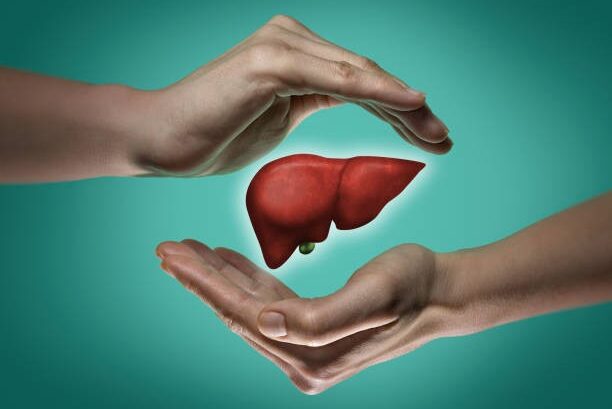What is Alcoholic Liver Disease?: Stages, Causes and Symptoms
Alcohol abuse can have severe consequences on our health. Many people who abuse alcohol suffer from various conditions of the liver. Excessive consumption of alcohol can lead to scarring of the liver and cause alcohol-related diseases. Fatal consequences can be caused due to alcohol abuse over the years, which leads to the replacement of healthy liver tissue with scar tissue. This can cause acute liver damage over time if not treated at the right time. One such condition is alcoholic liver disease, which results from excessive alcohol consumption over some time.
Stages of Alcoholic Liver Disease
- Fatty liver: This is the first stage, which is also known as steatosis. It is a highly prevalent liver disease characterised by excessive accumulation of fat inside the liver cells, which makes it hard for the liver to function properly. This is the right time to consult a liver specialist in Lucknow for treatment.
- Alcoholic hepatitis: This is the second stage of alcoholic hepatitis, which is characterised by the inflammation of the liver, leading to the degeneration of liver cells quickly. This stage eventually progresses to absolute liver damage if the patient continues to drink. It may also lead to life-threatening complications like absolute liver damage. The most common symptoms of alcoholic hepatitis include jaundice, nausea, loss of appetite, vomiting, weight loss, low-grade fever, fatigue and weakness, weight loss and abdominal tenderness.
- Liver cirrhosis: This is the last and final stage of alcoholic liver disease in which permanent scarring of healthy liver tissue occurs. Liver cirrhosis is a severe condition and irreversible. Ths symptoms include spleen enlargement, fluid accumulation in the abdomen, bleeding from veins, and confusion.
Causes and Risk Factors of Alcoholic Liver Disease
- Alcoholic consumption: This is the primary cause of alcoholic liver disease. Heavy and chronic alcohol consumption creates the risk of developing the disease. Hard liquor may be more damaging to the liver than wine and beer due to its higher alcohol content.
- Gender and age: Women are more susceptible to alcoholic liver disease than men, even with lower alcohol consumption. This may be due to differences in body composition and the way alcohol is metabolised. The risk also increases with age since the liver’s ability to metabolise alcohol decreases over time.
- Genetic factors: Genetic predisposition plays a huge role in the development of alcoholic liver disease.
- Nutrition: poor nutrition, especially a deficiency in essential nutrients like folate, can increase the damaging effects of alcohol and liver.
- Drinking patterns: heavy episodic drinking or binge drinking can increase the risk of alcohol liver disease.
Symptoms of Alcoholic Liver Disease
The symptoms of alcoholic liver disease depend on several factors. The most common include:
Jaundice, fatigue and weakness, loss of appetite and weight loss, abdominal pain and tenderness often on the upper right side, nausea and vomiting, swelling in the legs and ankles, swelling in the abdomen due to fluid accumulation, easy bruising and bleeding, breast enlargement in men, itchy skin spider-like blood vessels on the skin called spider angiomas, shrinkage of testicles in men, and reddening of the palms or palmar erythema.
Key Learnings
Alcoholic liver disease is often curable, especially during the first two stages. Many people seek homoeopathy treatment for this disease as it has shown promising results in caring for the condition.
Featured Image Source: https://media.istockphoto.com/id/958522248/photo/the-concept-of-a-healthy-liver.jpg?s=612×612&w=0&k=20&c=WVarRCQ7LXNTGAWT0ItAsYD8oCjFoCIwHKRbsuJLP98=

